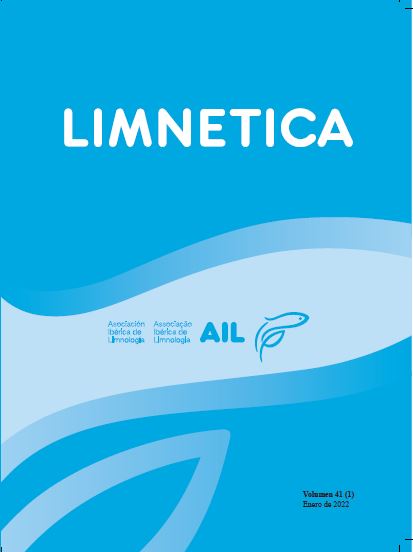Extension of the known distribution range and habitat use of the Tiger Crab Aegla concepcionensis Schmitt, 1942 (Decapoda, Aeglidae)
Resumen
The tiger crab Aegla concepcionensis Schmitt, 1942 (Decapoda, Aeglidae) is a threatened freshwater decapod, endemic of Chile, with significant gaps in knowledge about its biology and ecology. The aim of this work was to contribute to the knowledge of the ecology of A. concepcionensis, through the extension of its known distribution range, recorded in a new type of ecosystem, and the description of the physicochemistry, vegetation and benthic macroinvertebrate and microalgal communities of those sites, which provides information about habitat use of the species. Our results show the presence of A. concepcionensis until 270 km south of the previously described range and reveal that the species inhabits streams and lakes. A. concepcionensis is associated to environments with cold and temperate waters, well oxygenated, with neutral pH and low conductivity, and characterized by low anthropic intervention, which is reflected in the high proportion of native riverine plant species and the high diversity of macroinvertebrate and microalgal benthic communities. We conclude that the previously restricted known distribution range of this species was mainly due to low sampling effort or misidentifications. Our results indicate that anthropic intervention should be avoided or minimized in the distribution area of A. concepcionensis, especially in those areas associated with urban expansion and touristic activities in streams and lakes.
Descargas
Publicado
Número
Sección
Licencia
Los autores que publican en esta revista están de acuerdo con los siguientes términos:
- Limnetica está bajo una licencia de Creative Commons Atribución-NoComercial 4.0 Internacional.
b. Los autores pueden establecer por separado acuerdos adicionales para la distribución no exclusiva de la versión de la obra publicada en la revista (por ejemplo, situarlo en un repositorio institucional o publicarlo en un libro), con un reconocimiento de su publicación inicial en esta revista.
c. Se permite y se anima a los autores a difundir sus trabajos electrónicamente (por ejemplo, en repositorios institucionales o en su propio sitio web) antes y durante el proceso de envío, ya que puede dar lugar a intercambios productivos, así como a una citación más temprana y mayor de los trabajos publicados (Véase The Effect of Open Access) (en inglés).


